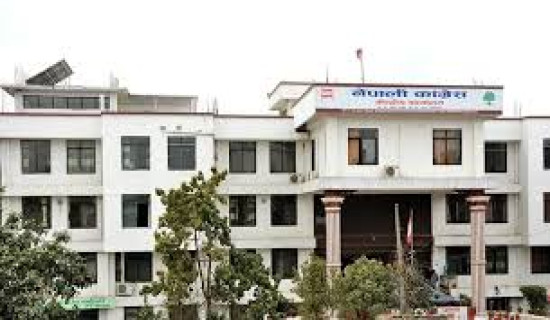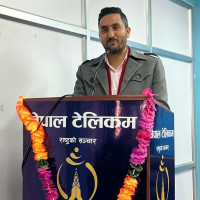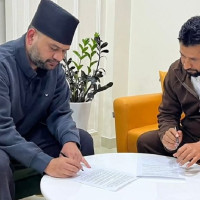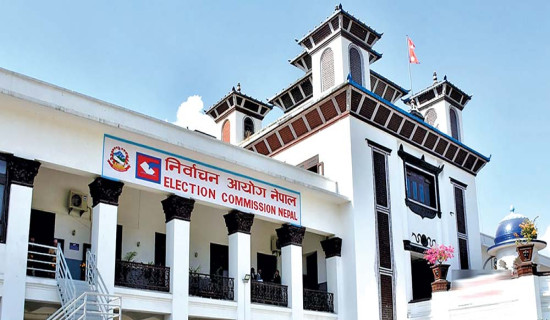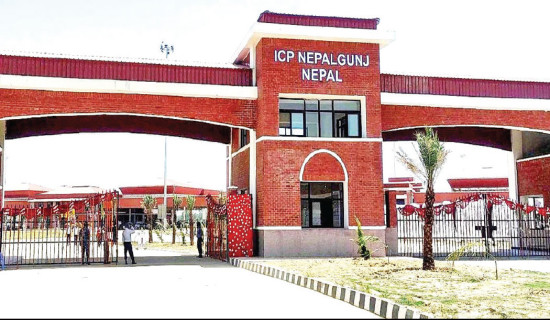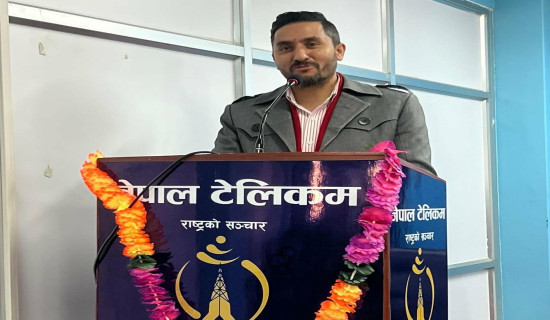- Sunday, 28 December 2025
Remains of Lichchhavi period found at Govindapur in Dhanusha
Niranjan Kumar Saha, Mahendranagar (Dhanusha), July 5: The remnants from the Lichchhavi era of eighth century have been found during an archaeological excavation carried out at the historical Janakkali Matheshwarnath temple located in Sabaila municipality-6 Govindapur of Dhanusha district.
A three-member team including archaeologist Prakash Darnal of the Department of Archeology has started the excavation of the Matheswarnath temple from June 21.
Archaeologist Prakash Darnal informed the RSS that during the excavation of the remains of the ancient temple, the relics of the eighth century Lichchhavi period were found.
"Until now, iron clip connecting two stone slabs, a round iron ring, surface of the temple, ancient Indian and Nepali coins, as well as letters meaning 'mana' of Lichchhavi style have been found on the stone," he said. "Based on the same letter, the antiquity of the temple can be determined. We are preparing to find out the truth by showing it to the experts who can read the scripts and establish the date they were written.”
A local of 60-year-old Rambriksha Yadav said, "Matheswarnath temple was located at the site where the archeology department was excavating. This temple is also mentioned in the religious text Ramayana.”
Similarly, 75-year-old Ram Manohar Sah said that the temple was built by King Janak of Mithila. King Janak built four monasteries in equidistance of Janakpurdham, the capital of Mithila. They are the Jaleswarnath at Jaleshwar in Mahottari, Kshireshwarnath at Kshireshwar in Dhanusha, Matheshwarnath at Govindpur in Dhanusha and Kalyaneshwar in Bihar state of India.
"Among them, Jaleshwarnath, Kshireshwarnath and Kalyaneshwarnath temples are worshiped even today, but only the ruins of Matheswarnath remain," he said. Archaeologist Darnal said that the shape of an ancient temple was seen while studying the ruins.
Stating that it is not possible to say with certainty that it is the Matheswarnath temple, he mentioned that an important stone was found during the excavation and further studies will be conducted. "While excavating, a geometrical-shaped 'butta' (pattern) which has not been seen anywhere before has also been found," he said. (RSS)

.jpg)

